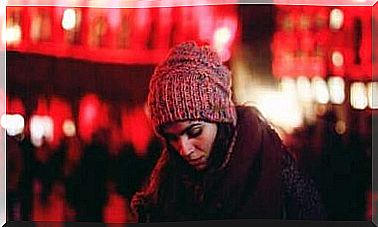Inception: Trauma In Our Dreams
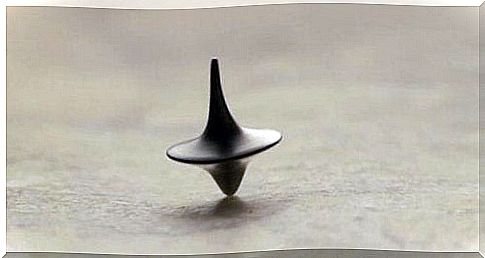
Inception is a 2010 American science fiction film. It was written, produced and directed by Christopher Nolan, a British-American filmmaker. Nolan is known for addressing psychological issues in his films. He does that in Inception too . The film takes us into the world of dreams and the subconscious, where trauma is anchored. It was a box office hit and people around the world argued about the end of the movie when they came out of the theatrical screening.
Dom Cobb (Leonardo DiCaprio) is a specialist in dreams. He knows how to extract the thoughts of people who dream. He doesn’t do that by simply entering this strange dream. Instead, he creates a shared dream to achieve a specific goal. A whole team is involved in the creation of the dream: a dreamer, an architect who designs the dream, and finally the person from whose subconscious information is extracted.
There are other people who can appear in the dream. But these are nothing more than subconscious projections of the person whose mind is to be read. These projections try to defend themselves against the changes that they perceive in the dream. Sometimes even with all the might. This is especially true for the people who know that thoughts can be stolen from dreams …
Nolan was not inspired by any particular theory when writing the film. Likewise, there is no research area that he would have followed. Instead, Nolan let himself be motivated by several theories and created his own dream logic.
Planting ideas
Cobb not only knows how to extract information from the subconscious, but he also knows how to implant ideas there. In the movie this is called “Inception”. This practice is risky; the consequences can be dramatic. For example, planting thoughts can lead to madness or create an obsession in the person concerned. To be successful with this technique, three dream levels must be passed through. That is of course difficult. The person must believe that the idea originated from themselves – in no way must they even suspect that someone implanted it.
Cobb and his team are hired by a Japanese businessman named Saito to dream up an idea for the heir of a competing company. The heir is said to downsize his business, which would bring Saito advantages in his business. Inception is definitely a thriller that takes us into the world of dreams with its action-packed plot.
The structure of dreams in Inception
Inception guides the viewer through several induced dreams. Cobb and his team create these to get information. There are basically three ways to escape from these dreams: when the dream ends, it means that one is waking up; die in a dream but not in reality; and finally the kick, which is basically the moment you feel like you’re falling. In Inception these “kicks” are synchronized and the same song is played over and over again: Non, je ne regrette rien.
The film is based on several dream levels that are nested within one another. The protagonists around Cobb have to go through three different dream levels in order to reach the subconscious of their victim and plant their idea there. To even get to this third level, they need a strong sedative that will put their target person into a deep sleep. The main problem is that if the person sleeps too deeply, they cannot even wake up their death. In this case, she remains in a dream world also known as limbo.
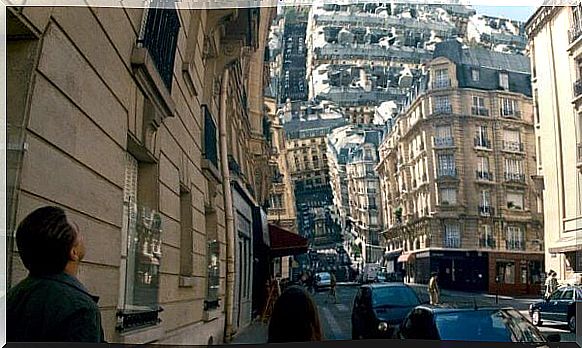
Time goes by very slowly in limbo. In fact, time creeps by so slowly that to the person stuck there it feels like they are standing still. In our world, too, the time in dreams does not pass at the same pace as the time in which we are awake – ten minutes in real life can feel like hours in a dream. When we dream, we experience our dream as if it were real.
Inception viewers see how pain lives on in a person and that what someone experiences in a dream can appear real. That is, if he hurt himself in a dream, then his pain in the dream will also be real. If he’s trapped in limbo, it will feel to him like he’s been there forever.
Therefore, the characters from Inception should better not die in a dream. Because although it is not a real death, otherwise they would reach a new dream level in which they believe that they have already lived their whole life. The structure of dreams in Inception is similar to a Russian matryoshka. The deeper the dream level lies, the more what feels like time passes.
In real time, people sleep maybe ten hours. In the dream it means that he spends a week on the first level. On the second level he stays for six months and on the third dream level the sleeper spends ten years. The idea behind this structure is reminiscent of Jacques Lacan and Ferdinand de Saussure. These two scientists proposed linguistic theories that dreams are like subordinate clauses. In other words, they are nested within one another.
The totem
Cobb and his team always have a totem with them when they dream. This is to keep them from going insane. The totem is a personal talisman that must not be passed on. Each team member knows their totem very well: weight, texture, color … This totem helps you determine whether you are dreaming or not. Because this talisman can also change during the dream. For example, its weight could change or the way it falls on the floor, etc. It is therefore important that only the person who owns the totem knows all of its properties. This is the only way to ensure that she recognizes whether someone has switched on her dream. And of course, whether she is awake or not.
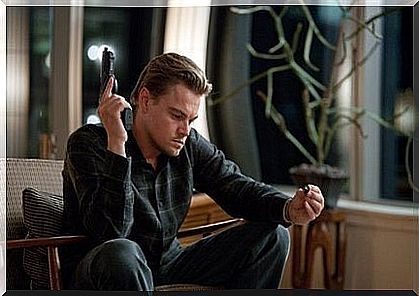
The projection of trauma into inception
The word trauma comes from the Greek and means wound. That is why trauma is also referred to as emotional wounds that can shape a person. In addition, the word “trauma” also includes the word “dream”. Freud was one of the first to study how trauma manifests itself in the subconscious. According to him, one enters one’s subconscious through dreams in which masked trauma may appear or be blocked.
If you spin this idea further, you could also say that trauma has some kind of symbolic representation in dreams. In other words, one has to know how to interpret the “masked” trauma that appears in the dream. There are no such symbols in Nolan’s film. The subconscious defends itself from possible intruders, but it is not a place full of “veiled” trauma. Here people protect their ideas and their projections attack any intruders.
Since I would like to say more about the film, I unfortunately have to anticipate the end. If you, dear reader, don’t like spoilers, then you’d better stop reading this article now.
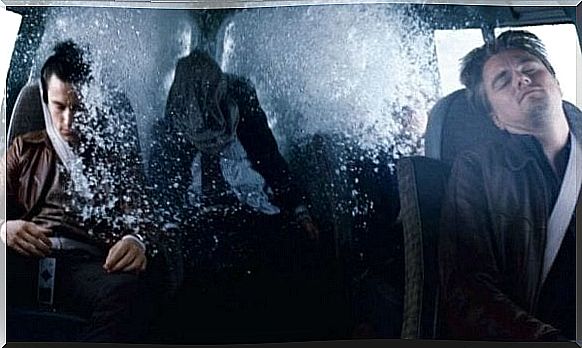
These projections tend to be people the sleeper knows. In Cobb’s case, his late wife keeps showing up in his dreams and sabotaging his plans. This projection is not only Cobb’s image of his wife, but also a reflection of himself. Cobb has conflicting feelings about her death. He feels guilty and sad, but also frustrated. Maybe Cobb can hide that in real life, but not in his subconscious. So it is not surprising that his wife even shows up in these ready-made dreams.
At this point, Nolan comes closer to Jungian theory. All projections from the subconscious come from Cobb’s ego, that is, himself. He not only sees his wife, he also sees his own guilt for her death. Jungian ideas are also represented by the mazes in the film. For Carl Gustav Jung assumed, among other things, that the structure of a dream is very similar to the structure of a labyrinth.
Dreams were once seen as a mystical part of life. We later found rational explanations for their dreams, which gave rise to many different theories. In Inception , Nolan mixes theory and mysticism and thus arrives at his own theory of dreams.
“You create the world of dreams. We bring the individual into this dream and they fill the dream with their subconscious. “
Inception


